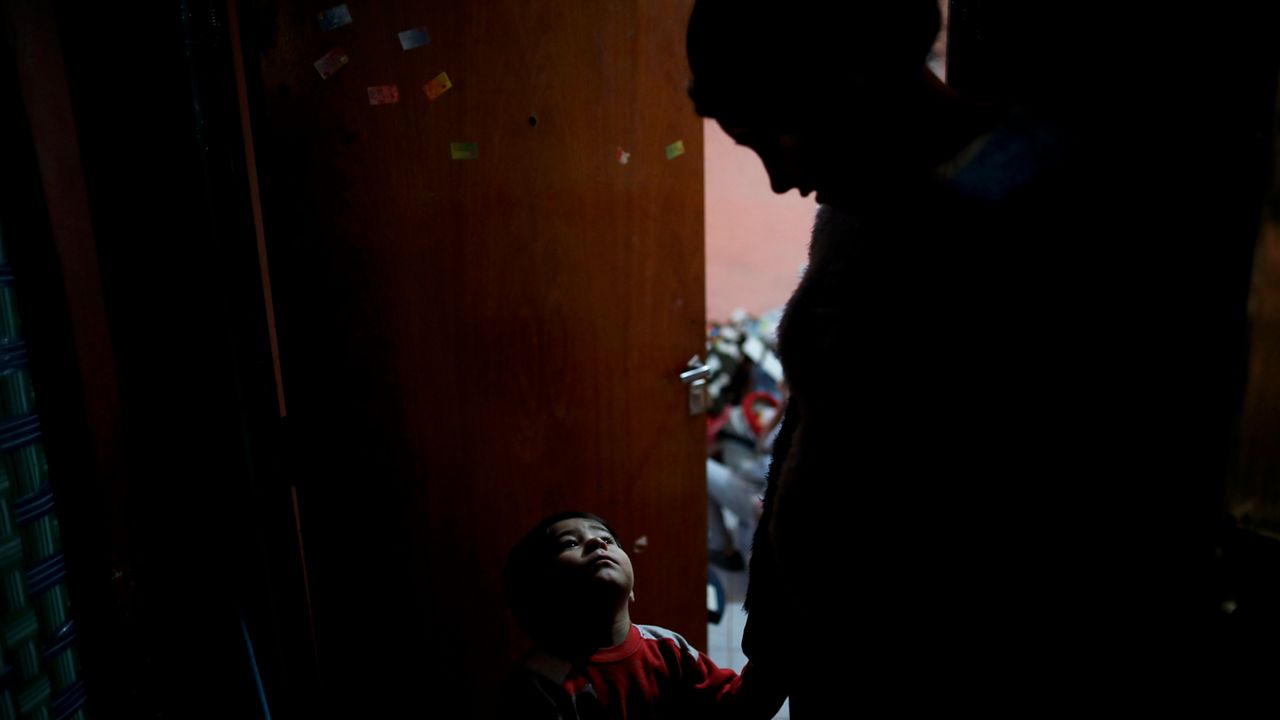About 13.9% of New Yorkers, or 2.7 million people in the state, live in poverty — higher for people of color, and children that was deep-ended by the COVID-19 pandemic, according to a report from state Comptroller Tom DiNapoli's office released Thursday.
It's higher than the national average of 12.8% of people who live in poverty in the United States, according to the report, which is the first of several the comptroller will publish about the topic.
The U.S. Census Bureau surveys income and family data to determine the Official Poverty Measure. In 2021, the threshold, updated for inflation, was $13,788 for one person and $27,740 for a household of four. Income is defined before taxes, not including non-cash benefits such as Medicaid or food stamps.
Hispanic New Yorkers live in poverty at more than double the rate of white people in the state. Black, native Hawaiian and other Pacific islander and American Indian New Yorkers live in poverty twice as often as white New Yorkers.
“While economic hardships existed long before the pandemic, it deepened the financial stress experienced by many households,” DiNapoli said in a prepared statement. “We saw what a large and broad federal response achieved, as the country made historic progress in the fight against poverty. Continued federal resources, along with a greater equity in state services, can help improve the lives of New Yorkers struggling to make ends meet.”
The pandemic, which resulted in the loss of 2 million jobs in the state in 2020, exacerbated long-standing economic hardships. Fiscal stress on households has persisted with high inflation and utility and housing costs.
Poverty rates are higher than 13% in 17 of the state's 62 counties, and in the state’s largest cities, DiNapoli said. Poverty rates in the state remain higher in certain cities. One out of every four people were living in poverty in 2021 in Syracuse, Rochester and Buffalo, including 1 in 4 families in Syracuse and 1 in 5 in Rochester, according to the report.
About 18.5% of children in New York lived below the poverty level in 2021, or 4.6 percentage points higher than the statewide average. Child poverty in the state has declined from roughly 21% in 2010. However, poverty rates increased for seniors while decreasing for all others between 2010 and 2021, the comptroller said.
"New York has a robust safety net, and recently set a laudable goal to reduce child poverty by 50% as the state considers evidence-based approaches to achieve this objective, it should sustain a cross-agency focus on high-needs groups and places where the needs are both chronic and acute," DiNapoli said. "Committing to an equitable recovery and targeting resources to those who most need them can facilitate improvements in the lives of millions of New Yorkers."
Families with a single female as their head of household are more than twice as likely to live in poverty, and four times more likely than married couples in New York. Nearly 23% were in poverty in 2021, down almost five percentage points from 2010 but still higher than the percentage for families and for married couples in 2021.
More than $115 billion in federal, state and local resources are used to assist low-income families each year, according to the report. About 87% of those funds come from the federal government for tax credit assistance and other programs.
To alleviate poverty in New York, DiNapoli recommends officials evaluate ways to improve amounts of benefits and flexibility in programs and how to assess levels of need with evolving living standards more accurately. The comptroller also recommended expanding assistance, which eased economic hardships in the early days of the pandemic.
“State Comptroller DiNapoli’s report presents sobering realities faced by New Yorkers in need of all ages, backgrounds, and locations across our state,” Sen. Roxanne J. Persaud, a Democrat from Brooklyn. “Too many children live in poverty, too many older New Yorkers face hunger and struggle to keep bills paid.
Persaud, the Senate Social Services Committee chair, agrees the state has antiquated poverty measures that fail to account for the true cost of living.
Of upcoming legislative priorities, she added, "I will continue to advocate for a State Self-Sufficiency Standard, among other measures, to ensure that New York state is enacting policy and delivering programs that truly meet the needs of all our neighbors. Significant progress has been made but many silos have yet to be merged.”
Poverty rates in the state declined prior to the pandemic. New York ranked 13th among all U.S. states and had a higher rate of people in poverty than neighboring states and most large states, according to the report.


